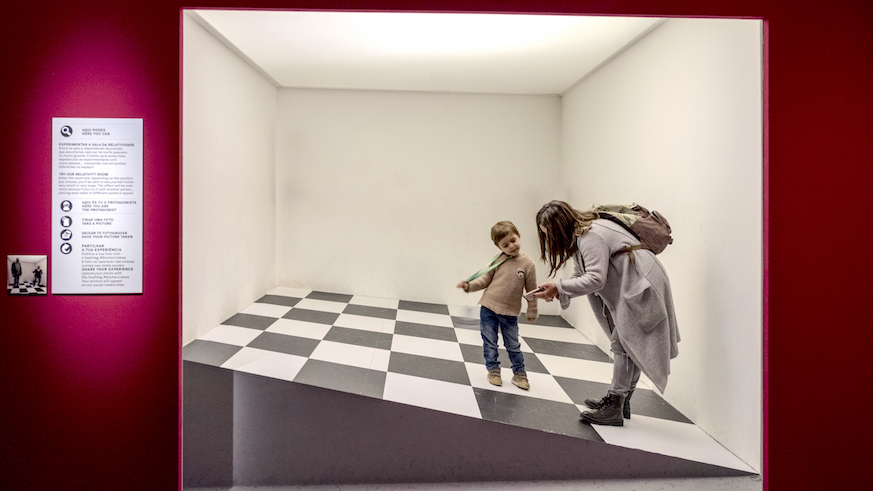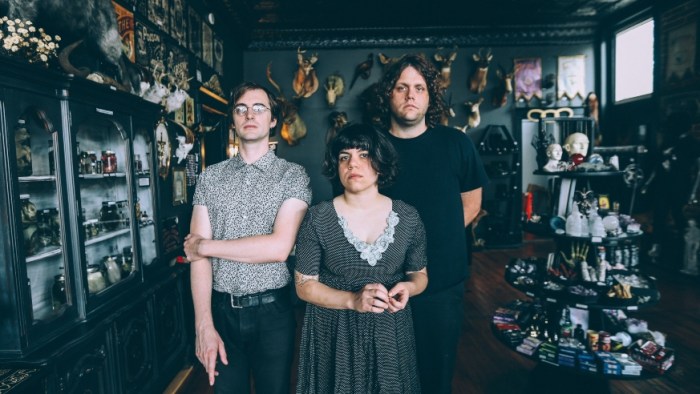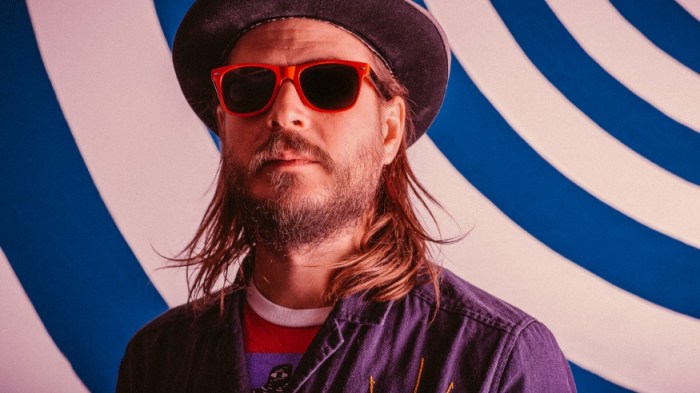Not many artists can say their work is appreciated by mathematicians and hippies, but they’re the only ones who saw surrealist illustrator M.C. Escher’s talent while he was alive.
“During his life, Escher was not very famous — until the ‘70s, very few people really loved his work,” says Federico Giudiceandrea, one of the world’s foremost collectors of Escher’s work. “Also, art critics were always against Escher: They would say he is cold, he’s not really an artist, he’s too mathematical. Escher would complain, he said, ‘Mathematicians are saying I’m an artist, and artists are saying I’m a mathematician, but nobody recognizes me really.’”
Nowadays, Escher’s upside-down staircases and self-drawing hands have assumed their rightful place in the popular imagination, and this summer at Brooklyn’s Industry City you can see more than 200 examples of his mind-bending sketches, neon-colored prints and more at Escher: The Exhibition and Experience.
Arriving in the States after a tour of Europe and Asia, the show was co-curated by Giudiceandrea and Mark Veldhuysen of the M.C. Escher Foundation and explores his process through six themed galleries, plus a seventh devoted to works architects, musicians and fashion designers influenced by him.
And because you couldn’t very well hold a gallery show featuring one of the forefathers of virtual reality without photo ops replicating some of Escher’s most confounding environments: Step into the Relativity Room, which confounds your mind’s sense of size and scale, sit inside an Impossible Triangle and, of course, step out into the void of an Infinity Room. “So what is then the real world?” Giudiceandrea asks with a laugh. “This is one of the tricks Escher uses so many times.”
Maurits Cornelis Escher was born in 1898 and started out in landscapes, then moved on to figurative and abstract art and works steeped in a search for infinity until his death in 1972. One of the galleries is devoted to the 16 years Escher spent in Italy, where he drew not the duomos of Florence or Rome’s fountains but tiny villages — including the two where Giudiceandrea’s mother and father were born.
“In Italy, he was looking at things from a very high point or a very low point, so it was a practice in strange perspectives,” he explains. “Escher is from Holland, where everything is flat, and in Italy we have mountains, so he was able to be on very high points looking down or looking up.”
Giudiceandrea discovered Escher in the late ‘60s in an issue of Scientific American magazine with one of famous mathematician Martin Gardner’s essays exploring the practical and fun sides of math. “Later the same year, I discovered Escher also on the covers of LPs from pop groups like Pink Floyd, Mott the Hoople, Ian Hunter. I was very curious about this artist beloved by so different people.”
His collection began with posters — so stop knocking those prints in every college dorm room already — and now includes over 170 works. “I think one of the reasons Escher is today so beloved by so many people,” he says, “is because he’s showing that reality is something more complex than what we see and we feel.”
Escher: The Exhibition and Experience is open June 8-Feb. 3, 2019 at Industry City, Building 6, 34 34th St., Sunset Park. Tickets are $20 for adults, $6 for kids 11 and under. For more information, visit eschernyc.com



















